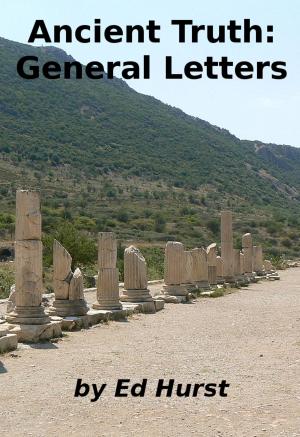Understanding Kashmir and Kashmiris
Nonfiction, Social & Cultural Studies, Current Events, Political Science, Government, Local Government, History, Asian, India| Author: | Christopher Snedden | ISBN: | 9781849046220 |
| Publisher: | Hurst | Publication: | September 15, 2015 |
| Imprint: | Hurst | Language: | English |
| Author: | Christopher Snedden |
| ISBN: | 9781849046220 |
| Publisher: | Hurst |
| Publication: | September 15, 2015 |
| Imprint: | Hurst |
| Language: | English |
In 1846, the British created the state of Jammu and Kashmir (J&K) - popularly called "Kashmir" - and then quickly sold this prized region to the wily and powerful Raja, Gulab Singh. Intriguingly, had they retained it, the India-Pakistan dispute over possession of the state may never have arisen, but Britain's concerns lay elsewhere -- expansionist Russia, beguiling Tibet and unstable China "circling" J&K -- and their agents played the 'Great Game' in Afghanistan and 'Turkistan'. Snedden contextualizes the geo-strategic and historical circumstances surrounding the British decision to relinquish prestigious 'Kashmir', and explains how they and four Dogra maharajas consolidated and controlled J&K subsequently. He details what comprised this diverse princely state with distant borders and disunified peoples and explains the Maharaja of J&K's controversial accession to India on 26 October 1947 - and its unintended consequences. Snedden weaves a compelling narrative that frames the Kashmir dispute, explains why it continues, and assesses what it means politically and administratively for the divided peoples of J&K and their undecided futures.
In 1846, the British created the state of Jammu and Kashmir (J&K) - popularly called "Kashmir" - and then quickly sold this prized region to the wily and powerful Raja, Gulab Singh. Intriguingly, had they retained it, the India-Pakistan dispute over possession of the state may never have arisen, but Britain's concerns lay elsewhere -- expansionist Russia, beguiling Tibet and unstable China "circling" J&K -- and their agents played the 'Great Game' in Afghanistan and 'Turkistan'. Snedden contextualizes the geo-strategic and historical circumstances surrounding the British decision to relinquish prestigious 'Kashmir', and explains how they and four Dogra maharajas consolidated and controlled J&K subsequently. He details what comprised this diverse princely state with distant borders and disunified peoples and explains the Maharaja of J&K's controversial accession to India on 26 October 1947 - and its unintended consequences. Snedden weaves a compelling narrative that frames the Kashmir dispute, explains why it continues, and assesses what it means politically and administratively for the divided peoples of J&K and their undecided futures.















